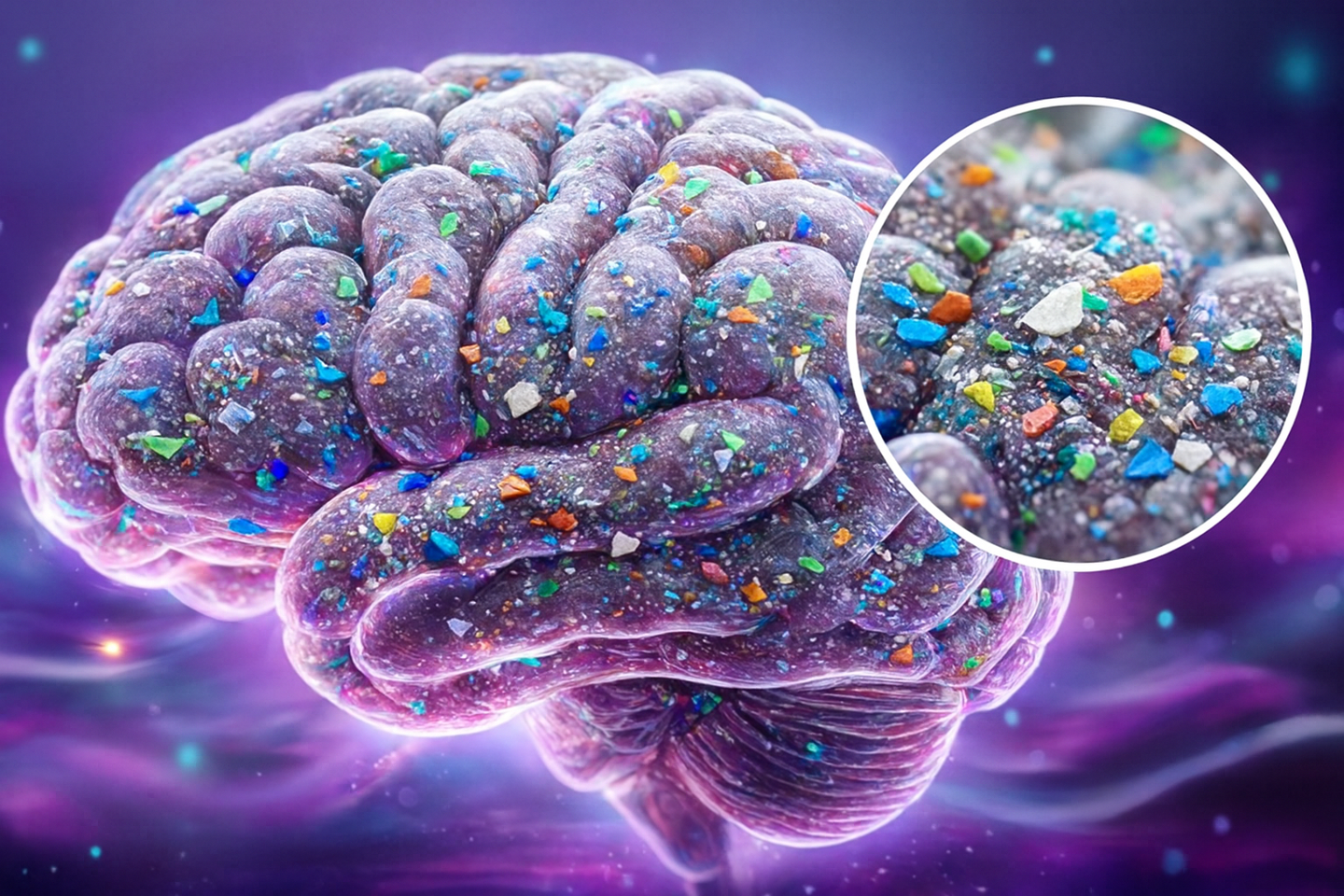Regenerative medicine breakthrough transforms heart disease treatment
Regenerative medicine is an emerging field with the potential to transform the way we treat a variety of diseases including heart disease

[June 3, 2023: Staff Writer, The Brighter Side of News]
Regenerative medicine is an emerging field that has the potential to transform the way we treat a variety of diseases, including cardiovascular disease. (CREDIT: Creative Commons)
Regenerative medicine is an emerging field that has the potential to transform the way we treat a variety of diseases, including cardiovascular disease, Parkinson’s, and neuromuscular diseases. Cellular reprogramming is one of the most promising approaches in regenerative medicine. It involves transforming cells to repair damaged or injured body tissues.
Sanford Burnham Prebys researchers have recently identified a group of proteins that could be the secret to cellular reprogramming. Their findings were published in the journal Nature Communications and could one day revolutionize the way we treat diseases.
The lead author of the study, Alexandre Colas, Ph.D., an assistant professor in the Development, Aging and Regeneration Program at Sanford Burnham Prebys, explains that "cellular reprogramming could, in theory, allow us to control the activity and appearance of any cell. This concept has huge implications in terms of helping the body regenerate itself, but barriers to reprogramming mechanisms have prevented the science from moving from the lab to the clinic."
Each of our cells has the same number of genes, approximately 20,000, but cells can select which genes to "turn on" and "turn off" to change what they look like and what they do. This is the foundation of cellular reprogramming. However, there are still many barriers to overcome before this promising technology can be translated into clinical applications.
Related Stories
The researchers identified a group of four proteins, named AJSZ, that help solve this problem. "By blocking the activity of these proteins, we were able to reduce scarring on the heart and induce a 50% improvement in overall heart function in mice that have undergone a heart attack," says Colas.
The researchers were primarily focused on heart cells, but they determined that AJSZ is universal to all cell types. This suggests that targeting AJSZ could be a promising treatment approach for a variety of human diseases.
"Even if a person survives a heart attack, there could still be long-term damage to the heart that increases the risk of heart problems down the line," explains Colas. "Helping the heart heal after injury is an important medical need in its own right, but these findings also pave the way for wider applications of cell reprogramming in medicine."
Alexandre Colas, Ph.D. (CREDIT: Sanford Burnham Prebys)
The next steps in translating their discovery into a potential treatment are to explore different ways of blocking the function of the AJSZ proteins. The most promising option would be to use a small molecule drug to block the activity of AJSZ.
"We need to find a way to inhibit these proteins in a way we can control to make sure we are only reprogramming the cells that need it," says Colas. "We will be screening for drugs that can help us inhibit these proteins in a controlled and selective manner in the coming months."
Genome-wide TF screen identifies Atf7ip, JunB, Sp7, and Zfp207 (ZNF207) as barriers to cell fate reprogramming. (CREDIT: Nature Communications)
The discovery of AJSZ could revolutionize regenerative medicine and transform the way we treat a variety of diseases. It could also have huge implications for the field of aging research, as cellular reprogramming has been shown to reverse some aspects of aging in cells. However, more research is needed to fully understand the potential of AJSZ and cellular reprogramming.
Sanford Burnham Prebys is a leading research institution that focuses on basic research, translational research, and drug discovery. Their mission is to improve human health through research, education, and the discovery and development of new drugs. The researchers at Sanford Burnham Prebys are dedicated to finding innovative solutions to some of the most pressing health challenges facing humanity today. The discovery of AJSZ is just one example of their groundbreaking research.
shAJSZ enhances MGT’s ability to improve heart function post-MI. Schematic depicting the experimental strategy to test the role of AJSZ on heart function post-MI. (CREDIT: Nature Communications)
Additional authors of the study include Maria A. Missinato, Michaela Lynott, Michael S. Yu, Anaïs Kervadec, Yu-Ling Chan, Christopher Lee, Prashila Amatya, Hiroshi Tanaka, Chun-Teng Huang, Pier Lorenzo Puri, Peter D. Adams and Alessandra Sacco, Sanford Burnham Prebys; Sean Murphy, Suraj Kannan, Chulan Kwon and Peter Andersen, Johns Hopkins University School of Medicine; and Li Qian, University of North Carolina at Chapel Hill.
The study was supported by grants from the California Institute of Regenerative Medicine (DISC2-10110), the National Institutes of Health (R01 HL153645, R01 HL148827, R01 HL149992, R01 AG071464), and Sanford Burnham Prebys institutional support to Alexandre Colas.
For more science and technology stories check out our New Innovations section at The Brighter Side of News.
Note: Materials provided above by The Brighter Side of News. Content may be edited for style and length.
Like these kind of feel good stories? Get the Brighter Side of News' newsletter.



